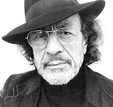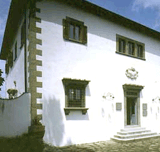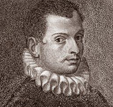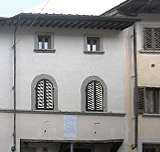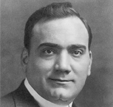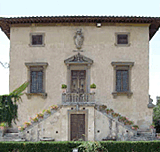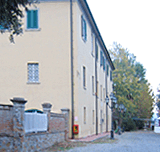
- Address: Loc. La Cinquantina Via Guerrazzi - 57023 S.Pietro in Palazzi Cecina (LI) Tel. +39 0586 680145
- Website:
- Contact:
comune
biblioteca
museo arch.
museo vitalavoro
scuola musica
S.Pietro in Palazzi - Cecina (Livorno)
In the locality called La Cinquina, three kilometers from Cecina on the road that leads from San Pietro in Palazzi to the sea, you find the beautiful residential complex of Villa Guerrazzi. In 1868 Francesco Domenico Guerrazzi purchased the farm from a man of Livorno and here is where he led the last years of his life and where he died in 1873. The complex is made up of, in addition to the manor itself, various annexes, once used as granary, storehouses, stables, all immersed in a vast estate. Guerrazzi adored the farm, which he transformed into a villa thanks to a series of extensions and structural changes, even having changed the route of the road that originally passed right across the front of the house and straight on.
The descendents and successive owners continued making small variations to adjust the villa to their needs until 1975 when the City of Cecina bought it from the last owner. In over twenty years the complex has been completely restructured and now hosts the Etruscan Roman Archeological Museum, the Peasant Culture Museum, the City School of Music, the “Artimbanco” School of Theatre and a multi-purpose hall for exhibits and concerts.



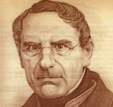
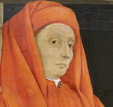
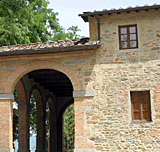
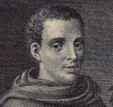
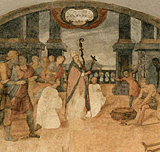
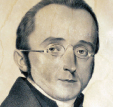
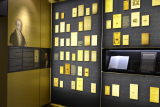
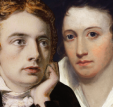
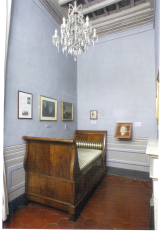
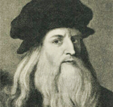
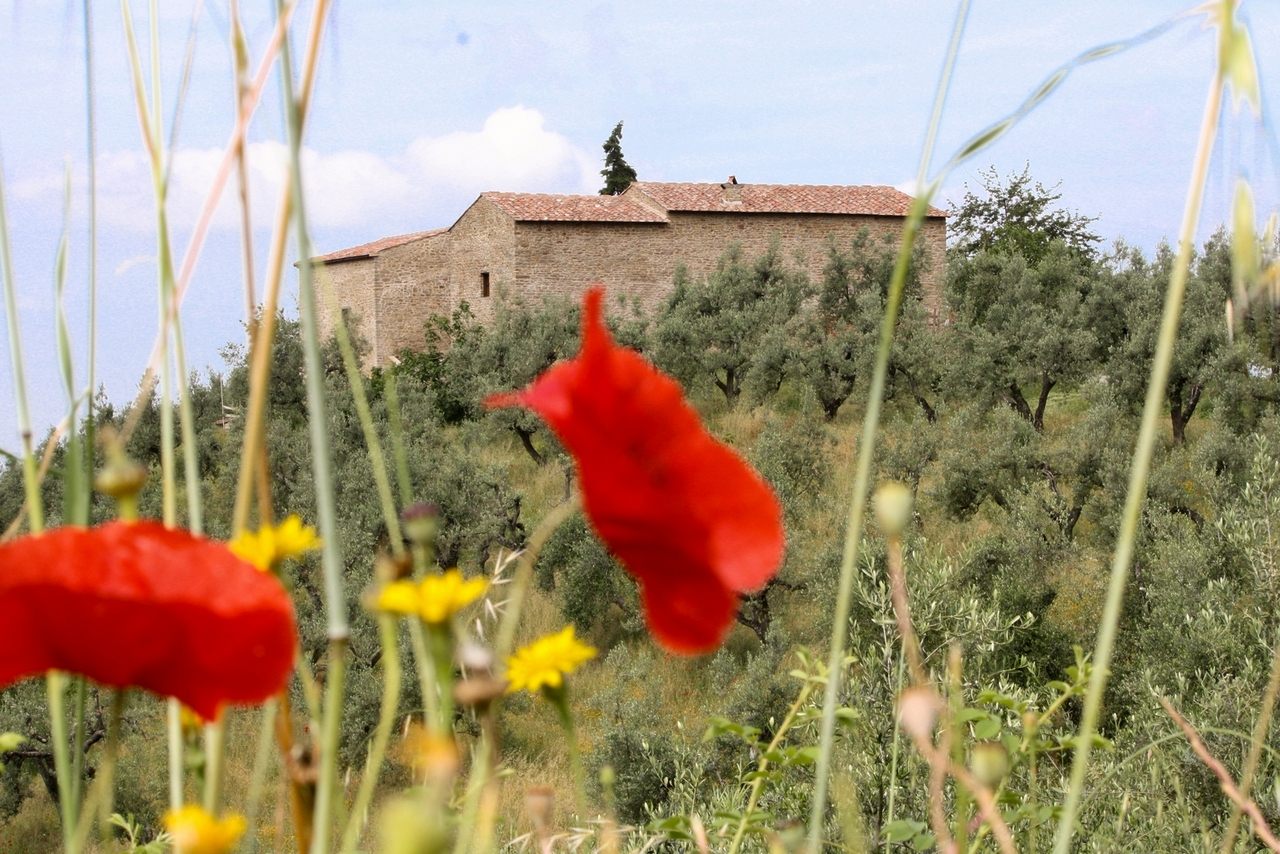
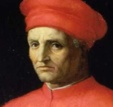
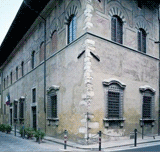
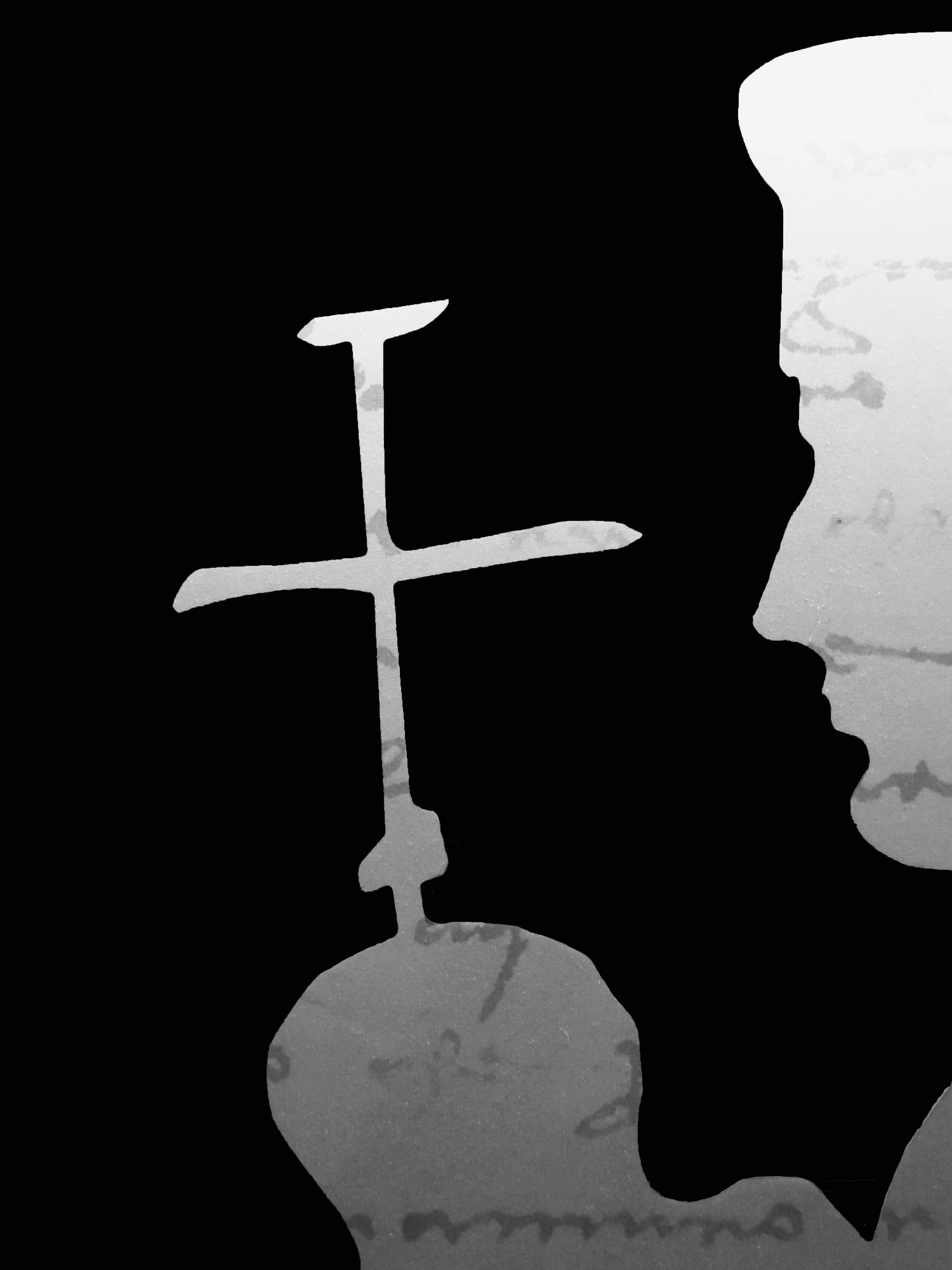 He left an important testimony of his life made up of account books and correspondence that constitute a substantial foundation today deposited in the Prato State Archive, which is located in that ancient abode.
He left an important testimony of his life made up of account books and correspondence that constitute a substantial foundation today deposited in the Prato State Archive, which is located in that ancient abode.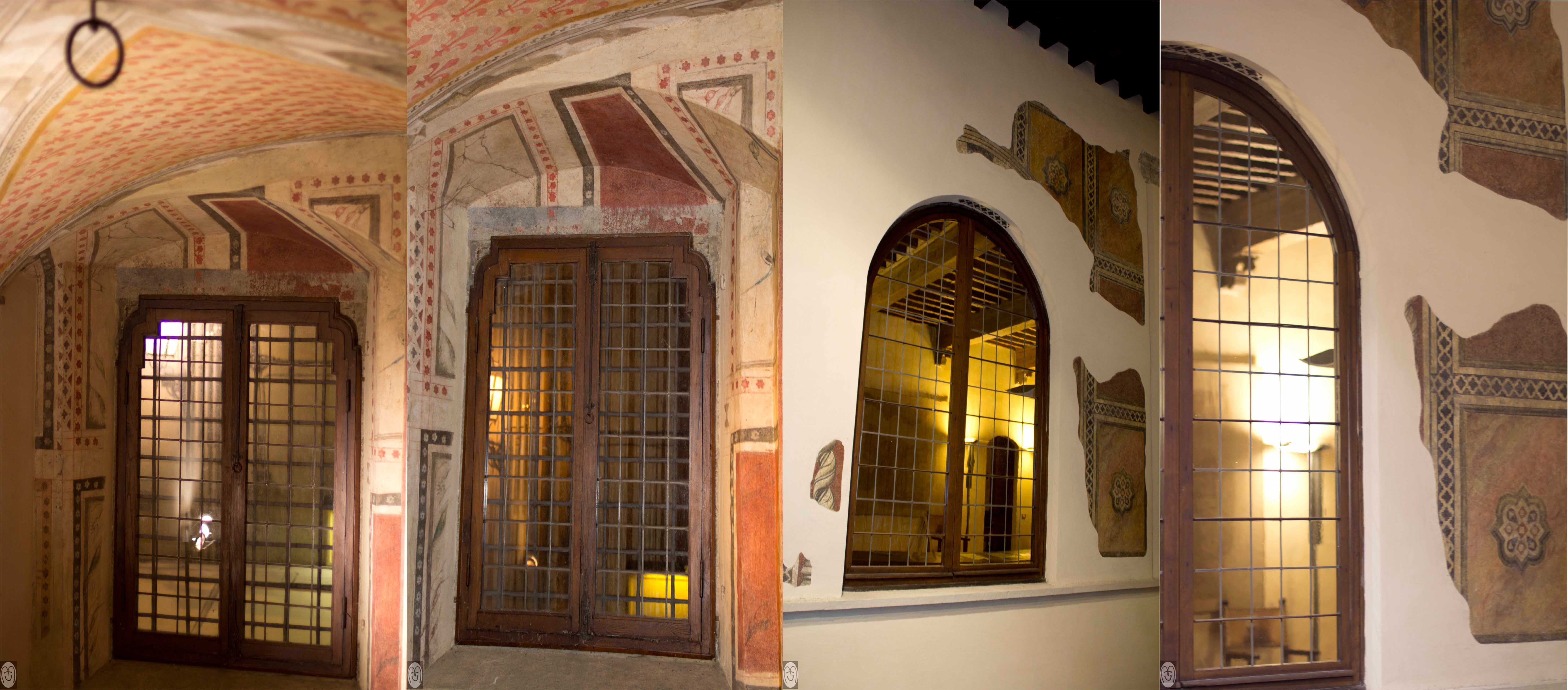 Over the years the palazzo has been subjected to some modification and has been restored in the middle of the XX century. The building is three stories high. On the principal façade that holds traces of the early XV century frescoes are the doors that open onto the State Archive and the late IV century portal which leads to a courtyard with well, portico and two galleries above; the courtyard and the rooms on the ground floor are decorated with frescoes by various artists, among which Niccolò di Pietro Gerini, who also did the S. Christopher at the foot of the stairs that lead to the upper floor.
Over the years the palazzo has been subjected to some modification and has been restored in the middle of the XX century. The building is three stories high. On the principal façade that holds traces of the early XV century frescoes are the doors that open onto the State Archive and the late IV century portal which leads to a courtyard with well, portico and two galleries above; the courtyard and the rooms on the ground floor are decorated with frescoes by various artists, among which Niccolò di Pietro Gerini, who also did the S. Christopher at the foot of the stairs that lead to the upper floor. 
